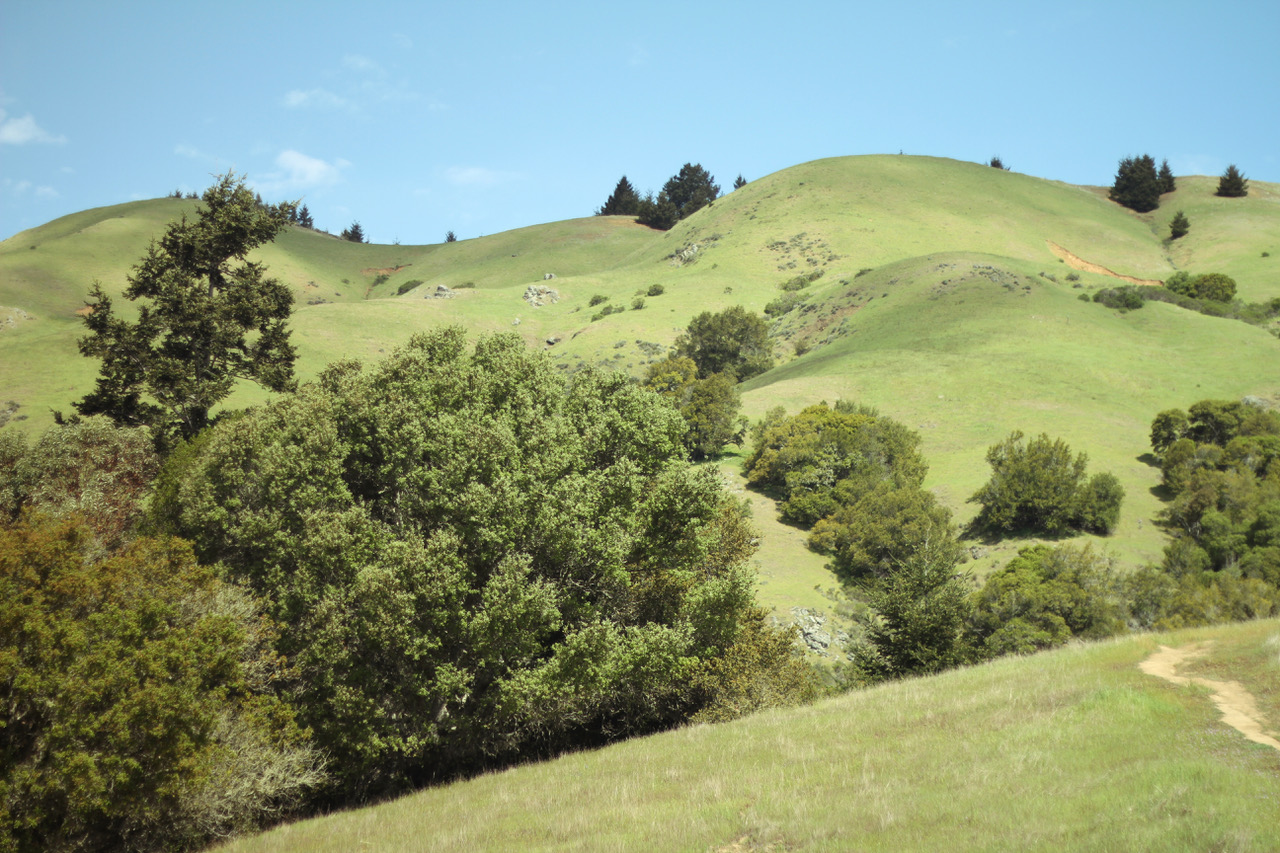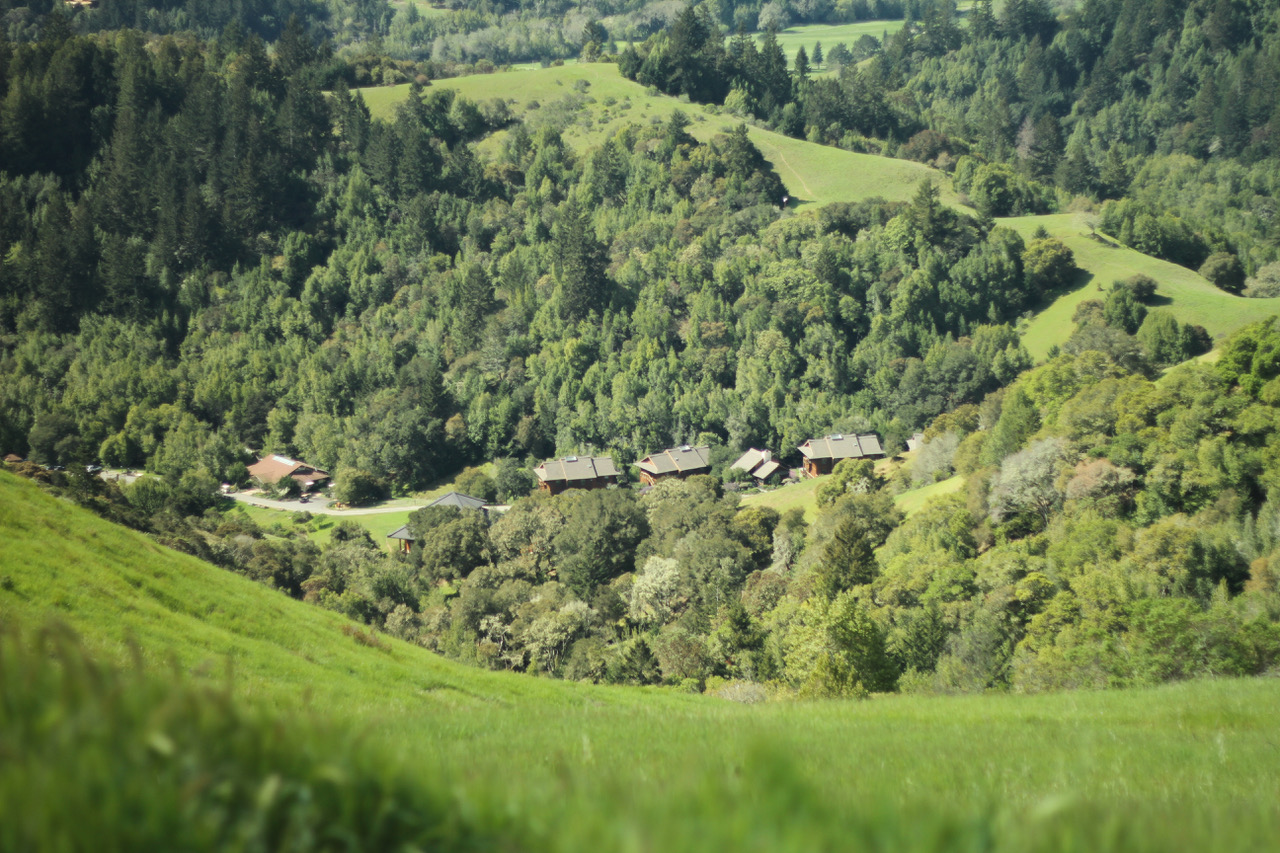100 Days of Silence: How Doing Nothing Enriched My Life (and Creative Career)
IVAN CASH / WNW MEMBER
As we consider resolutions for the new year, Forbes 30 Under 30 Artist, WNW Member, & Filmmaker Ivan Cash offers up six reasons to try a silent meditation retreat. *Illustration by WNW Member Diyou Wu
Ten years ago, my mom gave me a college graduation gift that would change my life forever: A 10-day meditation retreat voucher. So I brought a basketball (I’d heard there was a court on the premises) and looked forward to a relaxing and social, summer camp-esq getaway.
I was horrified when, during orientation, they explained we’d all be taking a vow of noble silence. No eye contact. No speaking. No reading. Nada. For the ENTIRE TEN DAYS. Had it not been for carpooling, I’d have taken off right then and there.
Instead, I slogged my way through the 10 days, keeping my eyes down and mouth shut and promised I’d never make myself do anything so dreadful again. The days consisted of alternating between sitting and walking meditation from 5am to 9pm. There was nothing overtly pleasant or easy about these 10 days—no transcendent “coming into the light” moment. However, on the other side of it, I felt somehow different. And as time passed, I began to notice subtle yet powerful positive changes.
I’ve since sat more than 100 days on silent meditation retreats (including one stint for 30-straight days) and have witnessed firsthand how this practice has deepened my sense of compassion, enriched my creativity, aided my self-awareness, and even advanced my career. As we set off in 2018, I’m inspired to share six reasons why this simple yet profound practice is so deeply beneficial.
1. Break the Rules
We all grow up with a set of beliefs based largely on our cultural upbringing. One of meditation’s greatest lessons is the opportunity to shed this conditioning and choose what beliefs are most important. On retreat, I get to observe my thoughts, feelings, and opinions without taking any action. This has allowed me to discern what values are aligned with how I want to live versus what’s been habitually or subconsciously engrained.
In 2011 I moved from San Francisco to the beautiful city of Amsterdam to pursue what I thought was a dream job as Art Director at “Global Ad Agency of the Year” Wieden+Kennedy. Within months, I realized that neither the prestige nor open-bars were worth endless weekends holed up at the office. I desperately wanted to quit but doing so was out of the question until my year-long contract was up. “You can’t quit your job before the one year mark, everyone knows that,” I told myself. “Besides, people would deem me a total failure.”
With the help of a mentor and insights from my meditation retreat experience, I had a profound realization that it’s my life and I can do what I want with it, even if that means breaking a contract, defying social norms, or not meeting others’ expectations.
I resigned one week later. It was the scariest decision of my adult life. However I was pleasantly surprised at how well my colleagues took the news. My bosses even admitted to envying the decision of looking past status and shedding the golden handcuffs.
For further validation, two of my most successful projects, Snail Mail My Email and Occupy George, were created within a few months of my resignation. Learning how to change perspectives from a “fixed” reality to one that’s malleable has allowed me to live in alignment with my values, feelings, and beliefs.
2. Checked Ego
On retreat in the high desert of Joshua Tree, CA, I discovered a massive ant hill right off the main walking path and became fascinated observing the ants work together and communicate so diligently. I made a daily ritual of walking over and watching them for half an hour or so.
On the final day of retreat, I began my walk towards the ant hill and was horrified to find a fellow retreatment kneeling down, observing my ant hill. Even worse, there were other retreatants nearby that might mistake it for his ant hill! My entire body filled with hot rage at this phony intruder.
Of course, the ant hill was neither his nor mine, nor did it matter who was seen staring at it. Having the space to observe the intensity of my reaction over something of such insignificance made me aware of how competitive I can be... even over a freaking ant hill!
We often see people’s egos lash out in meetings to prove who has ownership over an idea, or make the wrong decision just to have their fingerprint on a project. In my work as a creative and film director, I’ve become more able to catch the instances where I’m coming from a place of ego, and redirect to a team-first mentality. Thank god for ants.
Spirit Rock Meditation Center ©Ivan Cash
3. Heightened Connection
We are living in a time of unprecedented digital connection and yet we’re more disconnected than ever. I’m amazed at how many people in public are living in a screen, totally removed from those around them.
One of the great benefits of being on retreat and taking intentional solitude is quieting the mind and being fully present. This often reveals an awareness of the anxiety or insecurity that keeps us locked in a screen, and offers the possibility for a heightened sense of connection. I love the immediate aftermath of retreats because I fall in love with so many people. The grocery store cashier. A gardener. A neighbor. A homeless person.
This deep sense of connection and open-heartedness is a quality I’ve embraced in much of my creative work. Specifically, projects like the Last Photo Project (where I ask strangers to the share the last photo on their phone) benefits tremendously from my meditation practice. I love connecting with a stranger and holding space. When we’re both fully present in the moment together, the most personal and captivating stories are revealed.
4. Creative Inspiration
It might not come as a surprise that meditation retreats are fertile ground for creativity. In our routine day-to-day lives, the endless list of to-do’s and logistics chip away at imagination.
Free from distractions of the modern world, the mind is often able to settle and cleanse on retreat, exploring all sorts of foreign lands and territories, forming new, previously unimaginable connections. I’ve witnessed firsthand how ideas arise from thin air, connections are revealed in the most mysterious of ways, while the conditions of silence and stillness work their magic.
On one retreat, I became inspired to make a short documentary about Howard, an 86-year old farmer I knew from growing up who was still actively working. Despite never having made a documentary, I rose to the challenge and followed this inspiration. The film would turn out to jumpstart my career as a film director.
Spirit Rock Meditation Center ©Ivan Cash
5. Less Reactivity
On retreat, something as simple as an itch can be a profound opportunity for growth. Whenever I feel an itch, my immediate inclination, of course, is to scratch it. However on retreat, the instruction is to simply be mindful of the discomfort rather than instinctively take action. After following these instructions, the craziest thing happens: The itch changes shape, location, and eventually disappears! (The same is true with most bodily sensations, including pain.)
This has a profound application because by building up resilience through meditation, we can not only tolerate more physical discomfort but also more mental and emotional turmoil.
An example of this came during a music video shoot a few years ago, when the top-of-the-line camera kept inexplicably short-circuiting. I’d put so much time and energy planning this pro bono shoot, with an entire crew volunteering their time. I was irate by how much time the technical problem was costing us, especially when we had to cut a few scenes on the fly.
Thankfully, I’d cultivated the mindfulness to notice my anger and not lash out. In fact, I was able to stay composed and even made light of the situation, keeping morale up amongst the crew, and allowing us to do the best possible job within our means. Despite these hiccups, the music video premiered on Nowness to critical acclaim.
6. Recalibration & Balance
21st-century living isn’t for the faint of heart. We inhabit a world of instant gratification, nonstop communication, and constant input. Without relief, it’s easy to find this overwhelming and unsustainable.
Meditation retreats offer total refuge from our noisy, fast-paced culture and the Twitters, Facebooks, and Instagrams of the world. It’s a reset and recalibration without a 24/7 cycle of news, information, and social chatter. If it weren’t for silent meditation retreats, I’d have burned out many times over.
Thanks in part to the perspective retreats have offered me, I’ve created a multitude of projects that encourage a mindful pause from technology. Specifically, Facebook Sabbatical invites users to take a social media break with custom profiles and cover photos. I also created ‘No Tech Zone’ signs and installed them in parks across San Francisco. Projects like these were inspired by the insights I’ve gained from retreats.
Spirit Rock Meditation Center ©Ivan Cash
About the Author
Ivan Cash is a Forbes 30 Under 30 artist and filmmaker who believes in the power of human connection. He is founder of the creative consultancy Cash Studios and can be found giving talks and workshops to creative communities around the world. He is co-creator of “Living Insight,” a virtual reality meditation series featuring internationally-renown meditation teacher Jack Kornfield. He is currently based between California and New York.
Follow along with Ivan’s work and join his infrequent mailing list.
Resources
Spirit Rock
Insight Meditation Society
In Gratitude
I wouldn’t be on this path if it weren’t for my many teachers: Eugene Cash, Pamela Weise, Will Kabat Zinn, Pascal Auclair, Anushka Fernandopulle, Jack Kornfield, Trudy Goodman. And to my parents Julie & Sydney.
Illustratrion
Header image by WNW Member Diyou Wu




